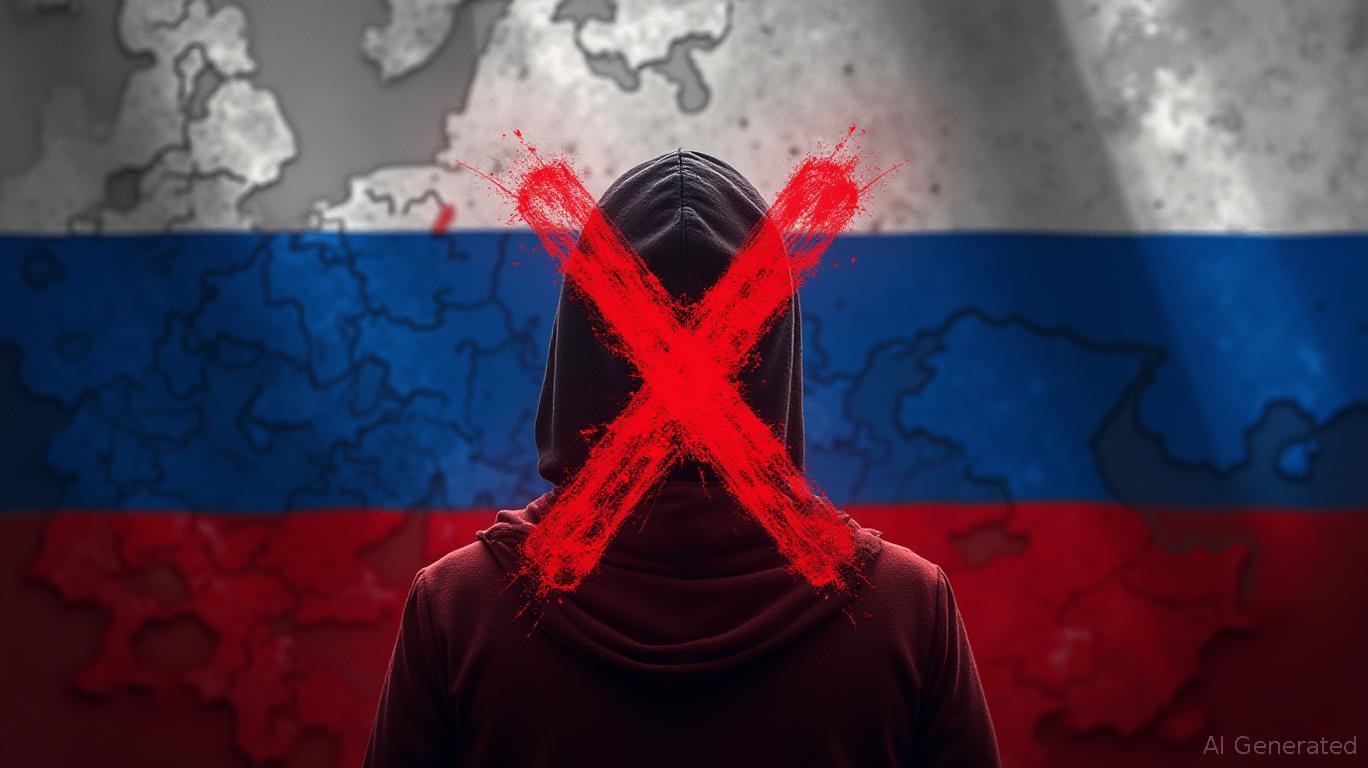The Write-Off in Moscow: Why Microsoft's Exit Signals a Global Tech Shift You Can't Afford to Ignore
The world of tech just got a wake-up call. Microsoft's recent bankruptcy filing for its Russian subsidiary isn't just a regional footnote—it's a seismic event that demands investors rethink their entire approach to risk in a fractured geopolitical landscape. This isn't about Russia alone; it's about the future of global tech, and how you can position your portfolio to thrive in a world where borders are weaponized. Let's break it down.

The Writing Is on the Wall
Microsoft's move was years in the making. Sanctions, lawsuits, and Russia's push for tech sovereignty created a perfect storm. Let's dissect the key triggers:
Sanctions & Geopolitical Gridlock: Since 2022, Western tech giants have been trapped between profit motives and geopolitical realities. Russia's war in Ukraine turned business decisions into moral minefields. Microsoft's early retreat—removing RT apps, halting ad revenue—was just the start. By 2025, maintaining a legal presence became a liability, not an asset.
Legal Landmines: The Gazprombank lawsuit wasn't a blip—it was a death knell. A $949,000 judgment might seem small, but it exposed a nightmare: operating in jurisdictions where courts side with state-backed entities. Add in hacking attempts (like the Midnight Blizzard breach) and you've got a recipe for catastrophic liability.
Tech Nationalism Run Amok: Putin's directive to “throttle” foreign cloud services isn't hyperbole. Russia's push for本土化 (localized) tech means firms like
must now choose: play by Moscow's rules or walk away. The writing's on the wall: global tech leadership requires adaptability, not just scale.
Why This Matters to Your Portfolio
This isn't just a Microsoft problem—it's a sector-wide reckoning. The same risks that sank Microsoft in Russia loom over any company with exposure to volatile markets. Here's how to act:
Avoid the Sanctioned Sectors: Energy, defense, and now tech are ground zero for geopolitical fallout. Russia's crackdown on foreign cloud services? China's data localization laws? India's tariffs on tech imports? These are all warning signs. Stick to firms with geographic diversification and local partnerships that insulate them from sudden shifts.
Follow the Leaders, Not the Losers: Companies like IBM (which has deep本地 partnerships in emerging markets) or cloud firms with decentralized architectures (think Snowflake or Twilio) are building buffers. Meanwhile, firms clinging to single markets—like Huawei in pre-2020 China—are sitting ducks.
Supply Chains Are Now Weaponized: The Midnight Blizzard hack shows that cybersecurity isn't just about software—it's about geopolitical survival. Invest in firms with vertical integration (e.g.,台积电 for semiconductors) or diverse supplier networks (like Apple's shift to印度 and Vietnam).
The Bottom Line: Reallocate Now or Pay Later
The era of “just-in-time” globalization is dead. Investors who ignore geopolitical risk management are playing with house money in a rigged game. Here's my actionable advice:
- Sell: Trim exposure to single-market tech plays like Zoom (still overexposed to Russia's telecom landscape) or any firm with significant revenue from sanctioned regions.
- Buy: Load up on companies with geographic diversification (e.g., SAP's 130-country footprint), strong本地 partnerships (e.g., Samsung's ties to ASEAN), and cyber resilience (e.g., Palo Alto Networks' threat intelligence).
- Hedge: Use ETFs like the iShares MSCI Global Tech Sector Fund (which screens for geopolitical stability) to balance risk without going all-in on any one firm.
The Microsoft write-off isn't an outlier—it's the new normal. Investors who adapt to this reality will own the future. Those who don't? They'll be the next chapter in this cautionary tale. Act now, before the next crisis hits.

Comments
No comments yet